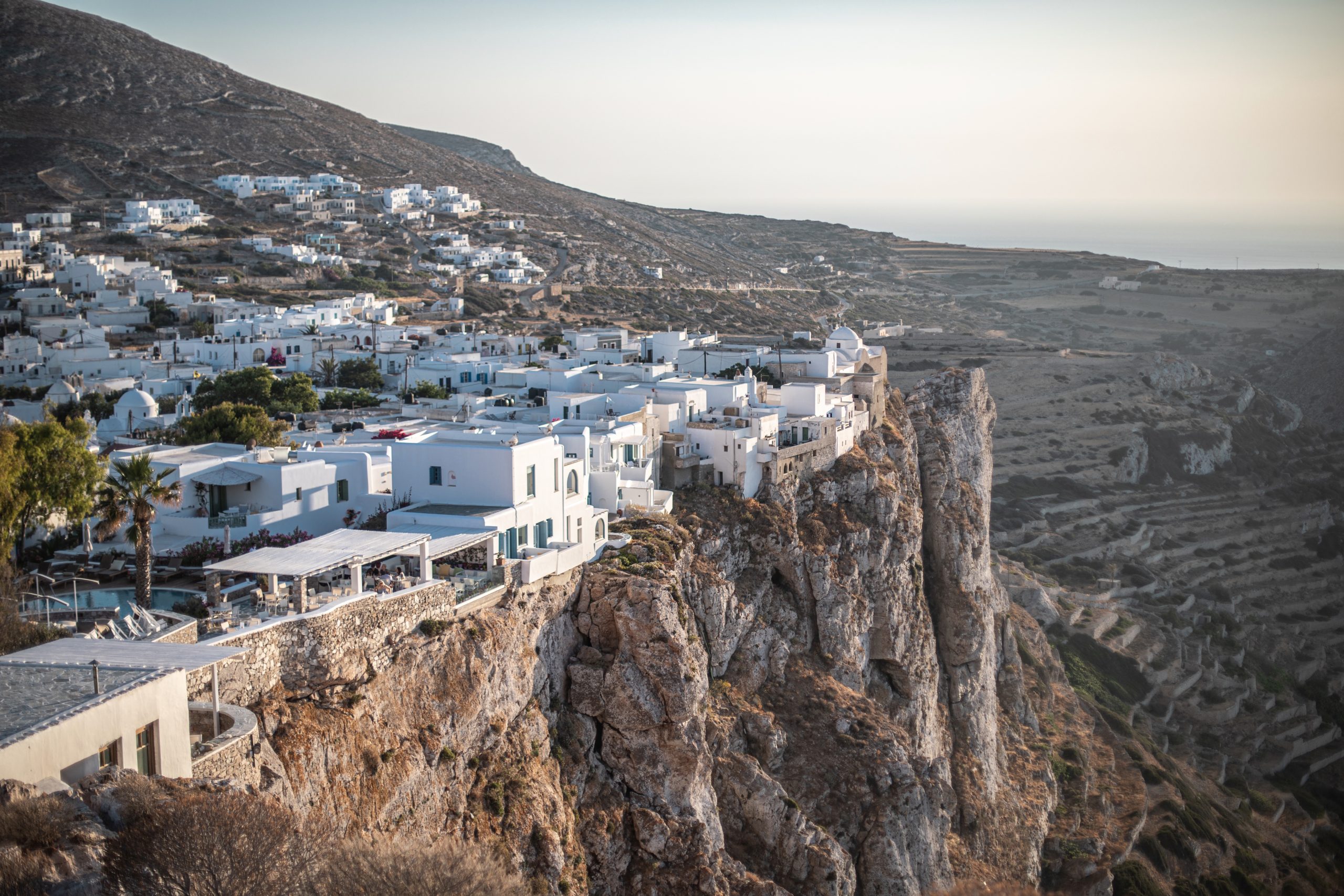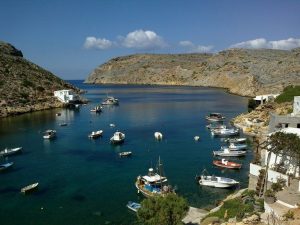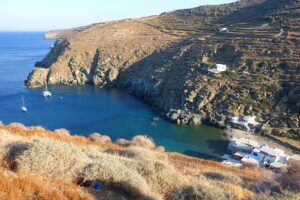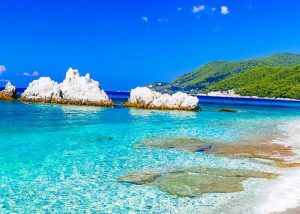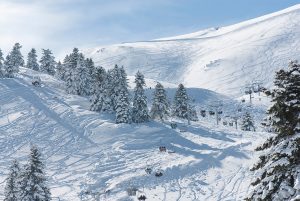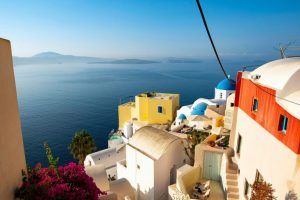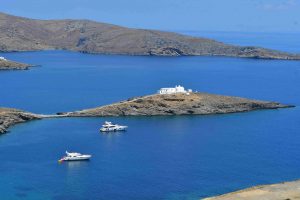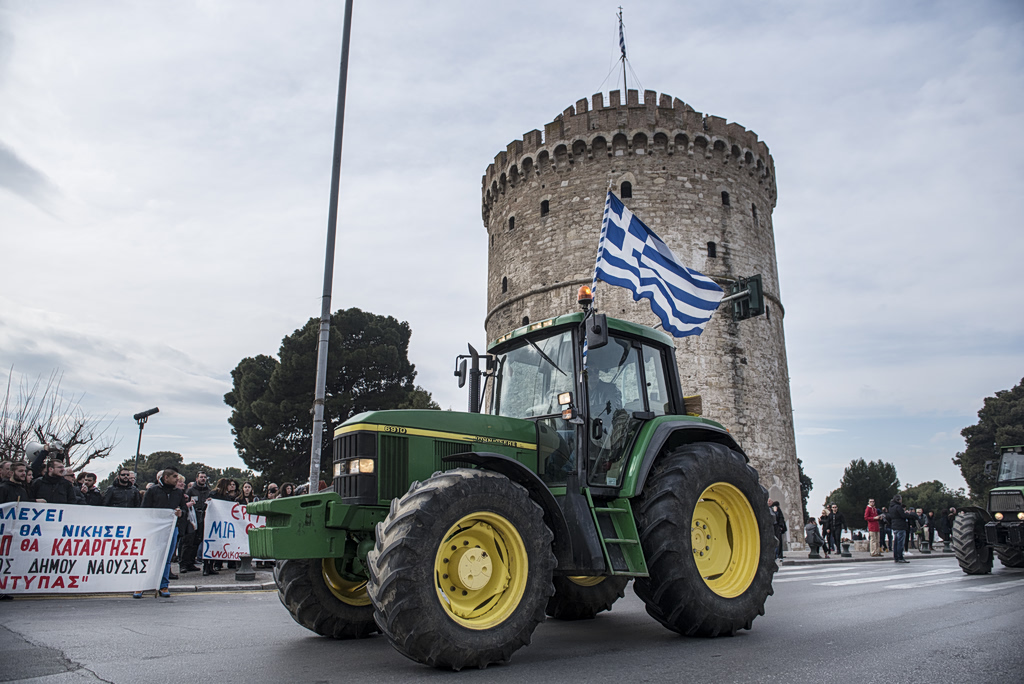Three very popular Greek islands – Sifnos, Serifos and Folegandros – were shortlisted in January among Europe’s 11 most endangered heritage sites by the European federation for the protection of cultural heritage, Europa Nostra as part of the annual “7 Most Endangered” program.
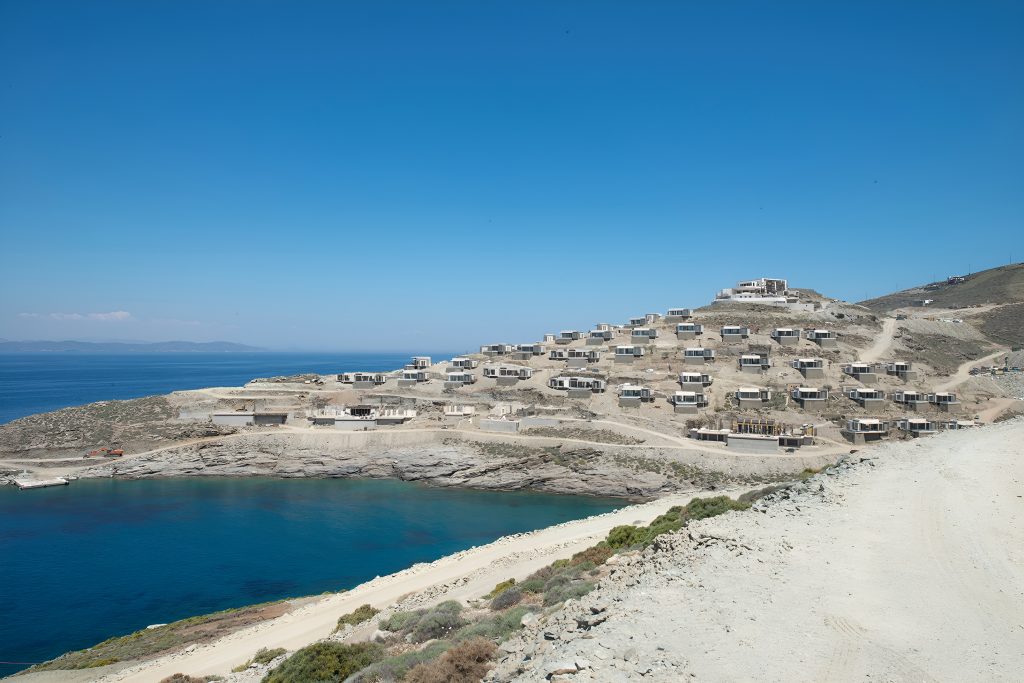
Photo credit: Europa Nostra/flickr/Baboussis
The final list will be announced in April, but what does this mean for Sifnos, Serifos and Folegandros, three Greek islands that welcome thousands of tourists every year, and for Greece, where 32.7 million travelers decided to holiday in 2023?
Over the last 40 years, many of the Greek islands, and particularly those which were the poorest and most isolated are now faced with a new challenge: soaring visitor numbers which are driving demand up like crazy for accommodation and holiday villas.
Folegandros, Sifnos and Serifos have been topping international travel media “Best of” lists for several years now attracting travelers who want to go off the beaten track and live like a local. The thing is… locals are beginning to see their traditional ways disappear as escalating demand paves the way for investments and construction changing not only the landscape and the architecture but primarily the slower way of life that was what attracted visitors to these islands in the first place.
“The selected heritage sites are threatened by demolition, unsuitable development, the devastating impact of natural disasters, neglect or lack of funding,” says Europa Nostra Executive President Hermann Parzinger. According to the Hellenic Statistical Authority, the number of building permits went from 916 in 2018 to 1,280 in 2022 with the construction size doubling.
‘Sustainability Means to Protect What You Love’
The phenomenon of overtourism is not new to Greece or Europe. Santorini was the first island in the Cyclades to go beyond its carrying capacity particularly in the summer months. The population on the 76km2 (29 sq miles) island goes from 15,500 permanent residents in the winter to some 2 million in the summer.
“Sustainability is all about preserving what people, both locals and foreigners, love about these destinations,” says Stathis Potamitis, the president of Elliniki Etairia – Society for the Environment and Cultural Heritage (ELLET), which for the past 52 years has been spearheading efforts to preserve Greece’s cultural, natural and architectural heritage. A member of the Europa Nostra network, ELLET was behind the selection of Sifnos, Folegandros and Serifos as islands under threat.
In an interview with To Vima , Potamitis confirmed that the nomination of the three islands was made in association with their mayors and that it was a “first step” towards raising much-needed awareness to the challenge that affects many other parts of Greece.
Growing tourist flows and sprawling construction are putting pressure on infrastructure and natural resources, the uniqueness of these islands, the local ways of life and traditional architecture, he says.
“The goal of the Europa Nostra shortlist and final is not to single out these three islands but to raise awareness to the need to protect the Cyclades overall, their communities, traditions and architecture.”
“We are in no way against development. To the contrary,” says Potamitis, “we want this development to be implemented in a sustainable manner and to be inclusive.”
Potamitis goes on to add that when a Europa Nostra decision is released, it is accompanied by expert insights and recommendations that can be used by local authorities and governments as well as by concerned communities to formulate policies and set limits in order to safeguard “all those things that make these destinations attractive.”
Greek isles in Summer vs Winter: ‘Light Years Apart’
Katerina Marinaki, a folklore scholar born on Folegandros, the remotest of the three islands, admits that the tiny island (12.5 sq miles) has seen tourism numbers balloon over the last few years but is quick to point out that life on the island in the summer is “light years apart” compared to winter.
“Despite the large number of tourists in the summer, the settlements have not changed very much; their traditional architecture has been preserved and the problem mainly concerns the increase in size,” Marinaki says.
A journalist who also runs a local newspaper dedicated to the island and has for more than three decades worked to archive and preserve local customs and traditions, Marinaki tells To Vima that attention should focus on spatial planning and limits. “There is uncontrolled construction on every probable corner of the island and more new buildings will inevitably lead to the distortion of Folegandros’ distinctive identity which millions of visitors have loved over time”, she says.
Where Does Development Stop and Protection Begin
In an attempt to reign in construction across Greece, the government tabled a new spatial planning bill late last year which divides the country into construction zones based on saturation levels.
Experts and locals are hoping this will put a stop to rampant development and at the same time protect destinations, particularly islands and small villages.
“Development should stop when the island’s infrastructure is stretched past its limits and when those of us born on the island and travelers who have spent their holidays here for decades are unable to recognize it,” notes Marinaki. “That’s when protection is crucial,” she says, adding however that this in no way means retreating into the past.
In this direction, Potamitis underlines the importance of conducting carrying capacity studies and setting limits to development. This can be achieved when there is an open dialogue between the people who live and work in a destination, organizations and bodies that can provide the scientific knowhow and experience, and the government; “only then can we have productive results”, he says. “The first step however is for governments to know that society and the people are aware of the situation, their role and rights.”
It’s an ongoing effort,” he says, adding that he believes things can always be reversed; it’s simply all about coming to the table to listen, exchange views and work together.
Greek Islanders: More Empowered, More Eager to Protect
Looking ahead, Potamitis is optimistic. “The more local communities are gaining in wealth, the more they are realizing and gaining confidence in their heritage and seeking ways to protect their ways of life. This is the very best ally in our efforts,” he says.
But this was not the case 40 years ago, he explains. Back then and “rightfully so”, people had to make a living. With the changes in agriculture and the onset of tourism, locals are seeing the value of their properties change. At the same time, today’s wealth is accompanied by the awareness and realization that they should be the first to preserve their heritage.
“It is very fortunate that in Greece, and particularly on the remote islands, communities are very tightly knit and very much connected to their way of life. They do not want to see it destroyed.”
For Marinaki, the future includes offering incentives that will bring younger generations back to the islands and ensure a good standard of living which will include health infrastructure, education and employment opportunities, and year-round transportation options. Currently, getting to Folegandros in the winter means traveling for around 10 hours twice a week. She goes on to stress that at the same time, locals should be reconnected with their local ways, their culture, traditions and history, the real value of their island which they will be able to pass on to future generations.
In addition to Sifnos, Serifos and Folegandros in Greece, the other 10 sites shortlisted by Europa Nostra for 2024 include the Archaeological Site of Muret e Portës (Albania), the Amberd Historical and Cultural Reserve (Armenia), the Palais du Midi (Belgium), the Working-class Housing (courées) (France), the Church of San Pietro in Milan and the Synagogue of Siena (Italy), the Palace in Sztynort (Poland), the Home of the Yugoslav People’s Army in Šabac (Serbia), the Greek Orthodox Church of St Georgios and the Iron Gate of Antioch (Turkey).

